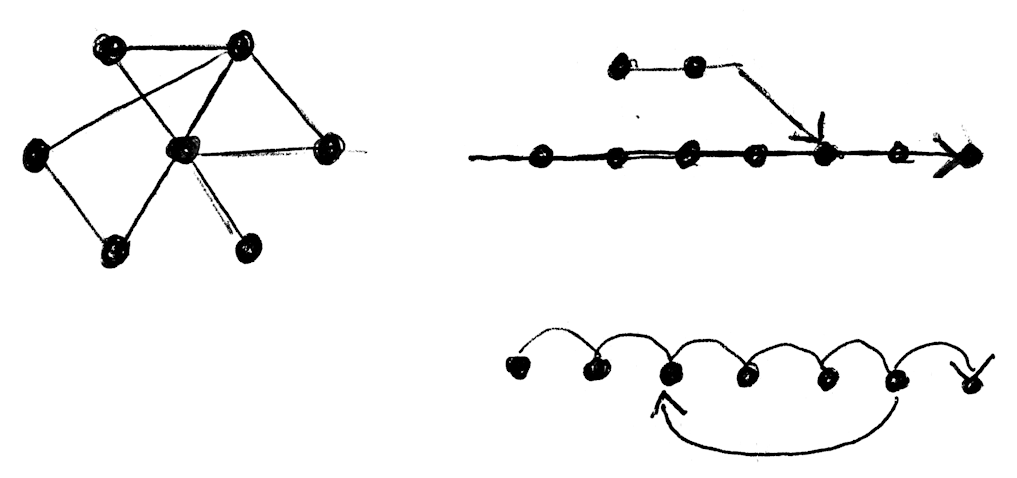Looking around for a new backpack, I fell down the rabbit hole of Every Day Carry (EDC). It was simultaneously nice to get into a new product category, with all the enthousiasm for good design that comes with it, and kind of troubling to discover how consumption-oriented this supposedly minimalism-loving subculture is.
It’s all men. And even though everyone is super particular about their water bottle and having the correct pouch for it, no-one seems to be carrying any food. No lunch boxes. Let alone fruit. When you search for ‘EDC fruit’ all you get is knives!
The size of these ‘everyday carry’ collections also seems to be based on a car commute. Huge bags with a lot of stuff…
After watching countless videos of people zipping up pouches and tetrissing everything into a bag just right, everything in its proper place, I did get that same feeling as I sometimes get from reading a good novel that really puts you into a different world and atmosphere. Zipping up my headphone carrying case and dropping it into my old backpack, I suddenly noticed how viscerally pleasing that can be. It suddenly clicked why you’d spend so much effort thinking about the way you carry and store your everyday stuff.
I also got another familiar feeling, though. Something I notice at work, with engineering. The feeling of being interested in/enthousiastic about the same thing as an existing community on the surface but noticing a fundamental difference in values that makes me not want to be a part of the club…



